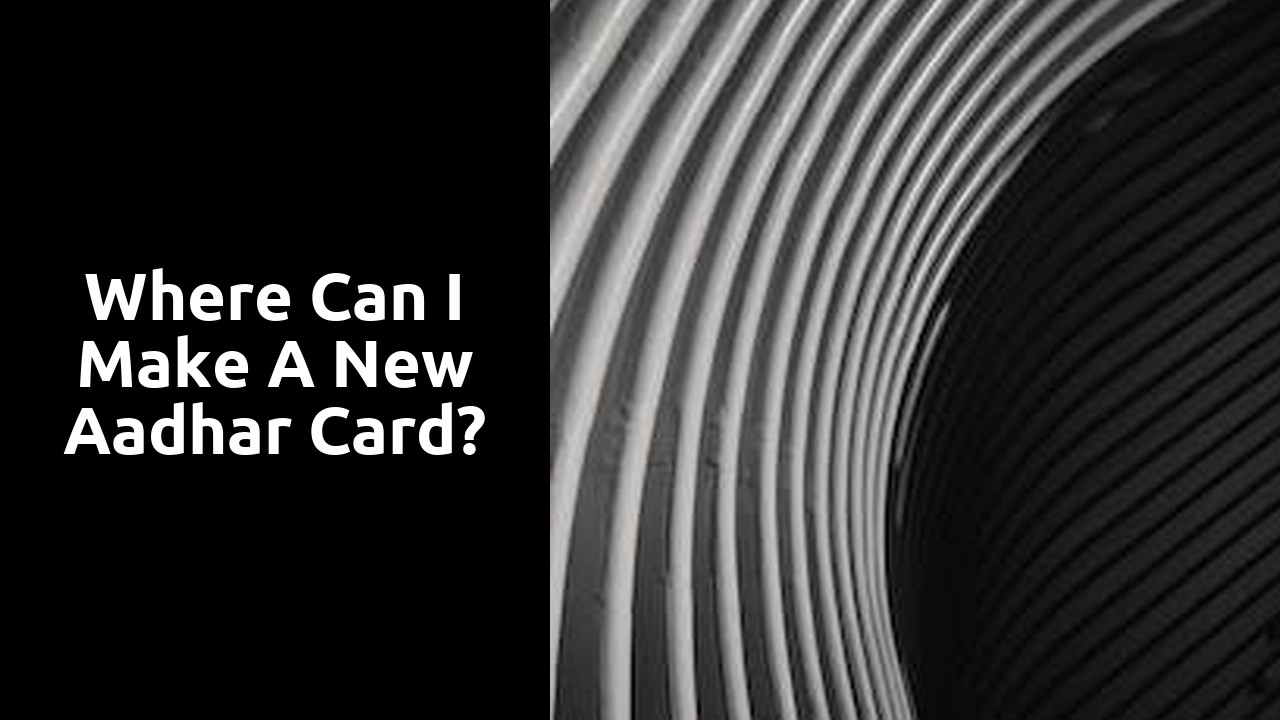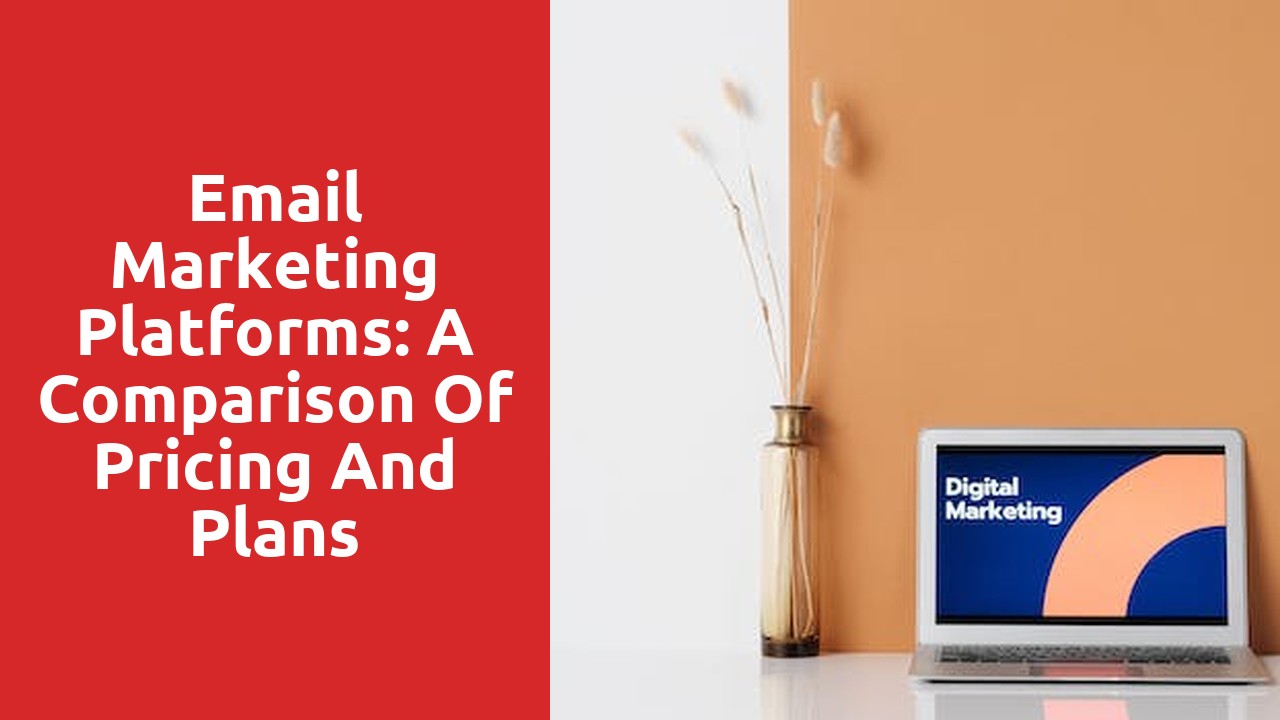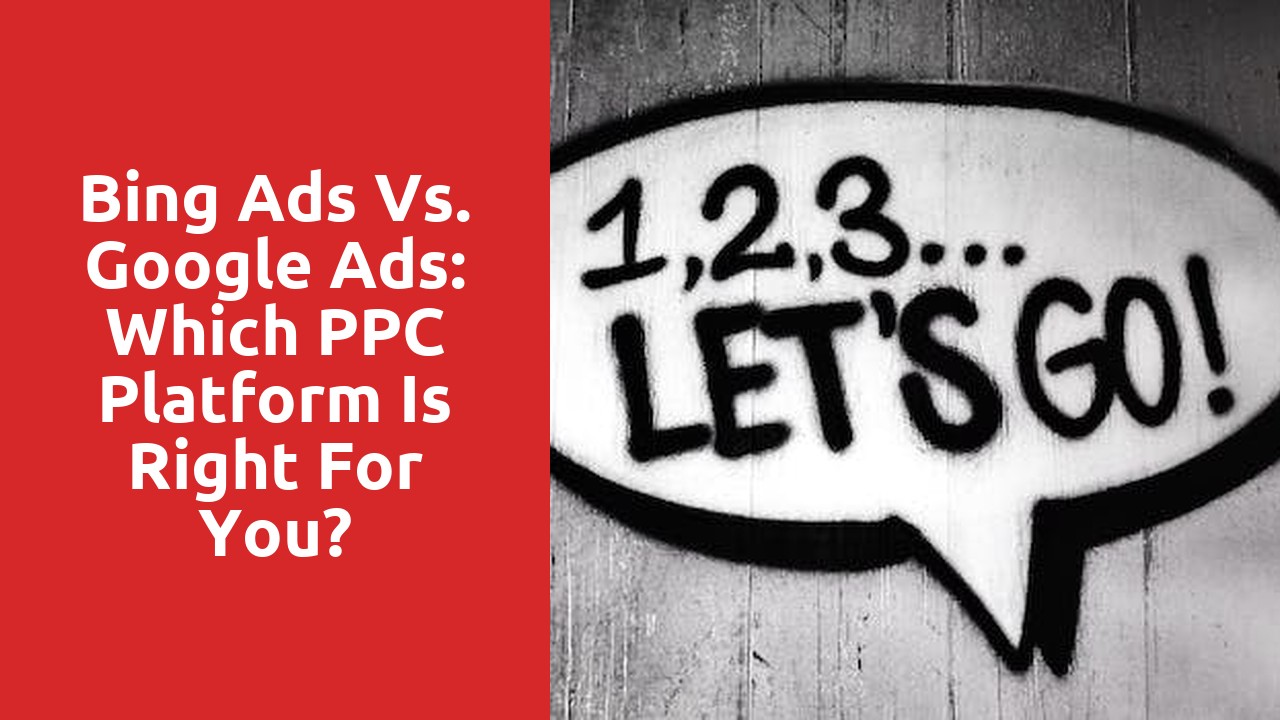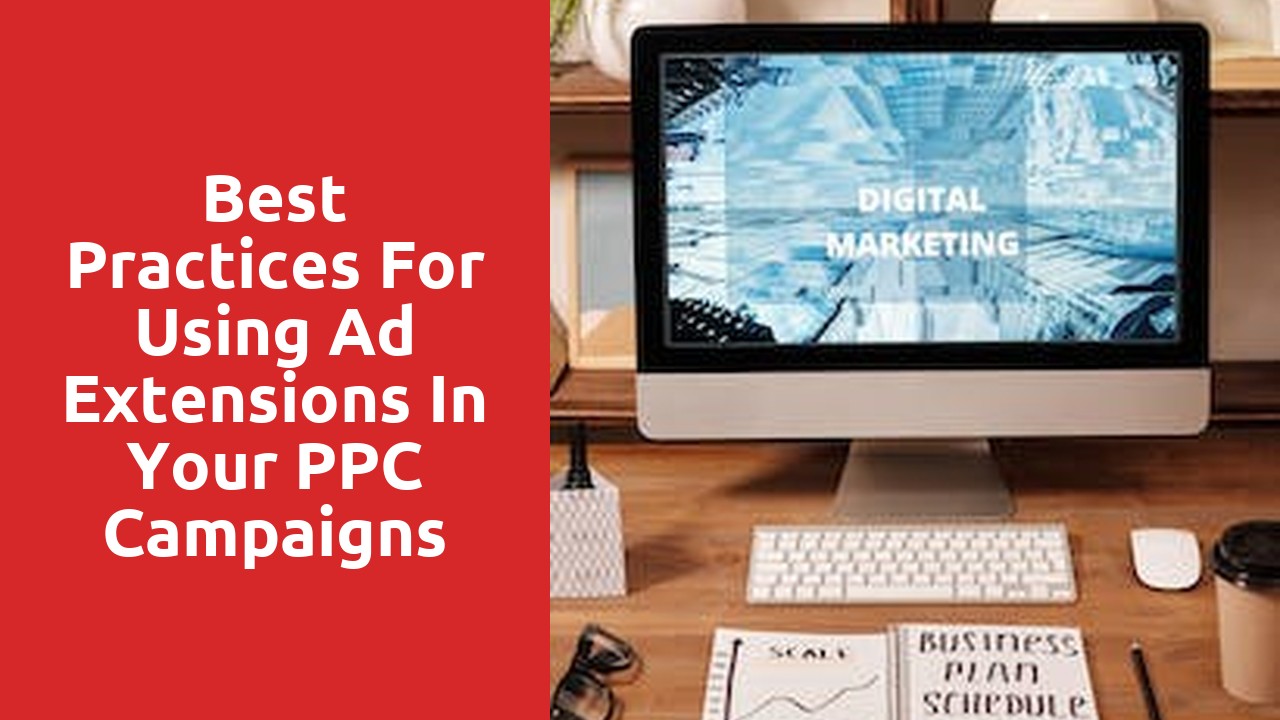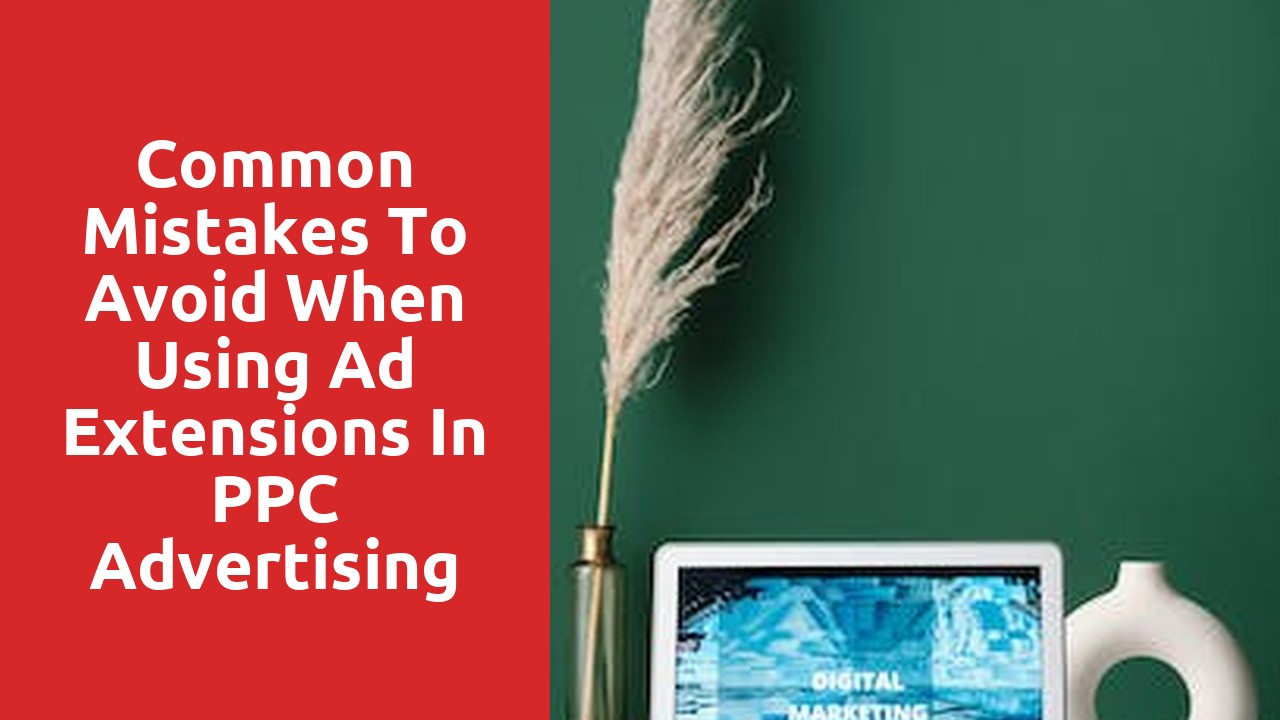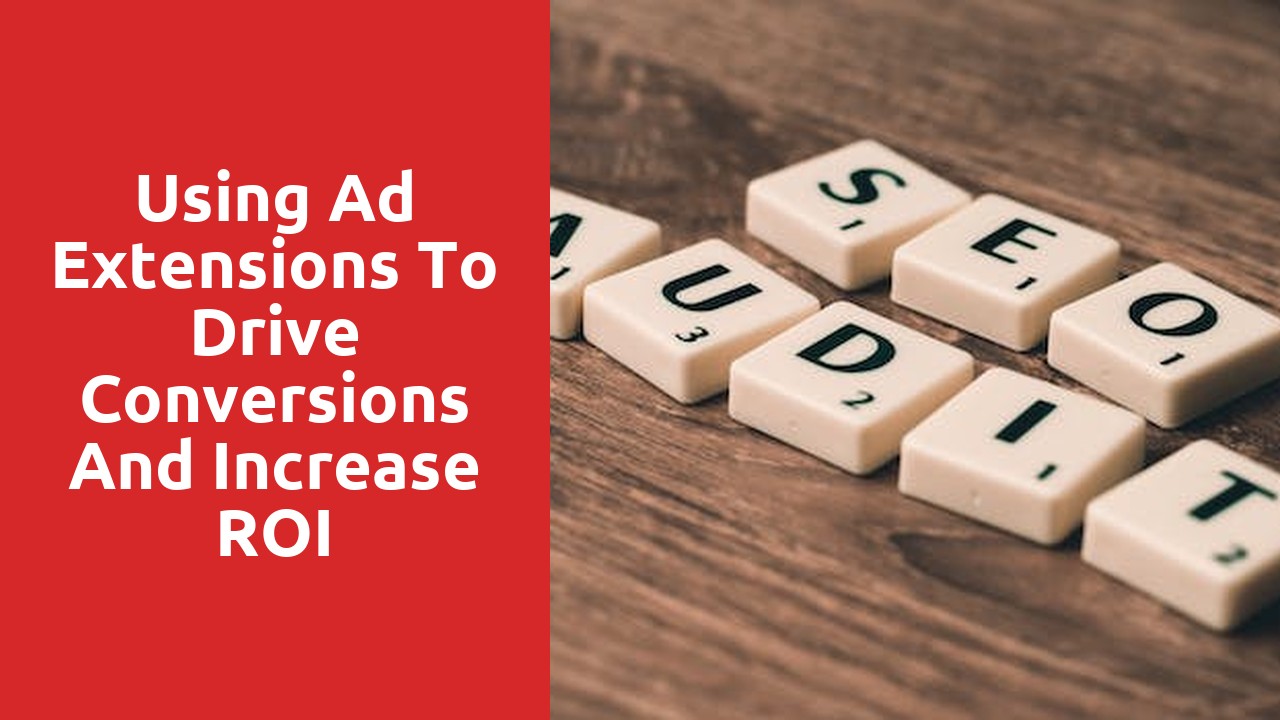The Importance of A/B Testing in Bing Ads Campaigns
A/B testing is a crucial component of any successful Bing Ads campaign. By comparing the performance of different ad variations, advertisers can gain valuable insights into their target audience’s preferences and behavior. This allows them to optimize their ads and maximize their return on investment.
One of the main reasons why A/B testing is so important in Bing Ads campaigns is because it helps advertisers identify what works and what doesn’t. By testing different ad copy, landing pages, and audience segments, advertisers can determine which elements are driving the desired results. This data-driven approach enables them to make informed decisions and refine their advertising strategies for better performance. Without A/B testing, advertisers would be left guessing, potentially wasting their budget on ineffective tactics.
Setting Clear Goals and Objectives for Your A/B Testing
It is essential to set clear goals and objectives when conducting A/B testing for your Bing Ads campaigns. Without clear goals in mind, it becomes challenging to measure the effectiveness of your tests and make informed decisions. By defining specific goals and objectives, you can focus your efforts and ensure that your A/B testing is aligned with your broader marketing objectives.
When setting goals and objectives for your A/B testing in Bing Ads, it is crucial to consider what you hope to achieve through your testing. Are you looking to increase click-through rates, improve conversion rates, or boost your overall return on investment? Clearly defining your goals will allow you to develop targeted experiments and measure the impact of your changes accurately. Additionally, it is important to establish realistic expectations for your A/B testing. Keep in mind that it may take multiple rounds of testing to see significant results, and it is crucial to remain patient and persistent throughout the process.
Choosing the Right Variables to Test in Your Bing Ads Campaigns
When it comes to A/B testing your Bing Ads campaigns, choosing the right variables to test is crucial for achieving optimal results. These variables can include various elements, such as ad copy, keywords, landing pages, and audience segmentation. By testing different variables, you can gather valuable insights into what resonates best with your target audience, allowing you to refine and improve your campaigns.
The first step in choosing the right variables to test is understanding your campaign goals and objectives. Are you looking to increase click-through rates? Improve conversion rates? Increase the average order value? By clearly defining your goals, you can then identify which variables are most relevant to test. For example, if your goal is to increase click-through rates, you may want to focus on testing different ad copy variations to see which one generates the highest click-through rate. Similarly, if your goal is to improve conversion rates, testing different landing page designs or call-to-action buttons could be beneficial. Ultimately, choosing the right variables to test requires a thoughtful analysis of your campaign objectives and a deep understanding of your target audience’s preferences and behaviors.
Crafting Compelling Ad Copy for Your A/B Testing
The success of your Bing Ads campaigns heavily relies on crafting compelling ad copy that grabs the attention of your target audience. When it comes to A/B testing, it is essential to create multiple variations of your ad copy to see which ones resonate best with your audience.
Start by identifying the key messaging and unique selling propositions of your business or product. What sets you apart from your competitors? Highlight these points in your ad copy and make sure they are clear and concise. Incorporate powerful and persuasive language that evokes emotion and encourages action. Remember to use strong adjectives and verbs to make your copy more engaging. Additionally, consider the language of your target audience and tailor your ad copy accordingly.
Designing Eye-Catching Landing Pages for Your Bing Ads Campaigns
Designing eye-catching landing pages is a crucial aspect of your Bing Ads campaigns. These pages serve as the first impression for potential customers, enticing them to engage further with your brand. To make your landing pages visually appealing, it is essential to incorporate captivating imagery, clear and concise messaging, and a user-friendly layout. By using visually appealing elements such as high-quality images, vibrant colors, and engaging graphics, you can grab the attention of your audience and encourage them to explore your offerings.
In addition to the visual appeal, your landing pages should also provide relevant and valuable information to your visitors. Clearly communicate the unique selling points of your products or services, highlighting how they can provide solutions to the needs and desires of your target audience. Keep your messaging concise, using attention-grabbing headlines and brief yet compelling descriptions. Remember, your landing page should capture the attention of visitors and entice them to take action, such as making a purchase or signing up for a newsletter.
Overall, designing eye-catching landing pages is an essential aspect of your Bing Ads campaigns. By incorporating visually appealing elements and providing valuable information, you can create a captivating experience for your visitors that increases the chances of conversion. Take the time to understand the preferences and desires of your target audience, and tailor your landing pages to meet their needs. With a well-designed landing page, you can create a positive impression, build trust, and ultimately drive success in your Bing Ads campaigns.
Analyzing and Interpreting Your A/B Test Results
Once you have conducted your A/B test in Bing Ads and received the results, it is crucial to thoroughly analyze and interpret the findings. This step is essential in understanding which variation of your ads or landing pages is performing better and making data-driven decisions for optimizing your campaigns.
To start, closely examine the key metrics that were measured during your A/B test. Look at click-through rates, conversion rates, and any other relevant engagement metrics. It is important to compare these metrics between the two variations to determine which one performed better. Additionally, consider the statistical significance of your results to ensure that they are not simply due to chance. A significant difference between the two variations indicates that the winning version produced better results and should be implemented for future campaigns.


